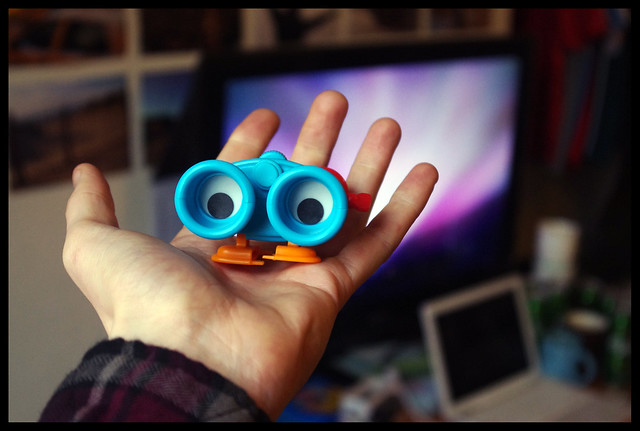Even More Buckaroo Breakaway Cadillac Conference Programming Trends – Part 2
Expect the unexpected…just as Buckaroo Banzai did in the 1980s movie of the same name.
Buckaroo and his merry band of cavaliers were ready to save the world from whatever came their way. They would embrace the context of each dimension much like you need to embrace these current conference programming trends.
While these trends won’t help you overthrow a menacing alien dictator, they will help your participants stay in step with the every changing world around them. Take a look at them. Which ones do you want to embrace?
Five More Cadillac Conference Programming Trends
Here are the next five 2017 conference programming trends. Respectfully consider them as they can deliver an industrial-strength awesome 21st conference experience for your merry band of participants.
Read the first four trends here.
5. Strategically Using The Conference As An On-Ramp Not A Cul-De-Sac
21st Century conference professionals use their event strategically to help their stakeholders and their profession advance. They see their conference as an on-ramp not an annual cul-de-sac. It becomes a catalyst for connecting with others, the organization and their profession at a deeper level. The conference is just one opportunity to nudge participants into service and leadership roles.
~ Hat tips leadership expert Eric Geiger.
6. Your Conference As The Leadership Locus For The Profession/Industry
Where are leaders formed, developed and nurtured for your customers? What organization excels at creating the next great leaders for your industry? Your conference has the unique opportunity to develop and deploy leaders for all spheres of your customer’s life. Locus means the central or main place where something happens or is found. The locus of activity is not found on the fringes but on the core of where action happens. Your conference can and should serve as the industry’s leadership locus.
~ Hat tips leadership development experts Eric Geiger and Kevin Peck.
7. Your Conference Programming Embraces The Edge Of Disruption While Adding Move Value For Your Participant’s Business
People want to attend conferences that matter. Those that create transformative outcomes that are more valuable than those from other events. The edge of disruption is the intersection of old and new, where your customers’ existing business enable them to create future markets. It’s about providing a space where their most important problems are solved. Your programming becomes driven by “What are our target market’s problems that we are uniquely positioned to help them solve?” It’s about looking toward the future, taking advantage of the wide range of possibilities that are there and helping your participants see the value those disruptions will bring. This will drive meaningful insight to the people you need to influence the most. This is where your conference opportunity to matter is found.
~ Hat tips Peter Sheahan and Julie Williamson in Matter.
8. Conference Programming Adopts A Systems Thinking Approach Instead Of A Piecemeal Silo Approach
The current world view that frames most people’s thinking is based on breaking down problems, issues and topics into smaller steps and parts. Then we try to predict the consequences of our actions with those parts in the same way. It’s similar to predicting the path and destination of a billiard ball through a mechanical, linear model of cause and effect. However, our world is not a billiard table. It’s a very complex interconnected web of cause and effects. The current trend is to adopt a new worldview that includes fresh mental models, modern science knowledge, patterns of relationships, and a more holistic systems thinking approach. Offering conference programming that focuses on systems thinking produces insights from a broad context and complex relationships.
~ Hat tips systems thinker Martin Leith.
9. More Participant Collaboration And Sessions That Leverage Collaborative Outreach Efforts
Our conferences need to employ more programming that focuses on participant collaboration instead of passive listening. Similarly, our conferences have a strategic need to cultivate programming that leverages outreach collaboration—collaborative efforts that cross inter-institutional and cross-organizations and interdisciplinary silos. Too often our programming is insular-focused becoming an echo-chamber of the same voices saying the same thing to the same people.
~ Hat tips Gartner’s 2017 Business And Higher Education Technology Trends.
What conference programming trends would you add to these nine? Which of these five do you want to consider for your next conference?


